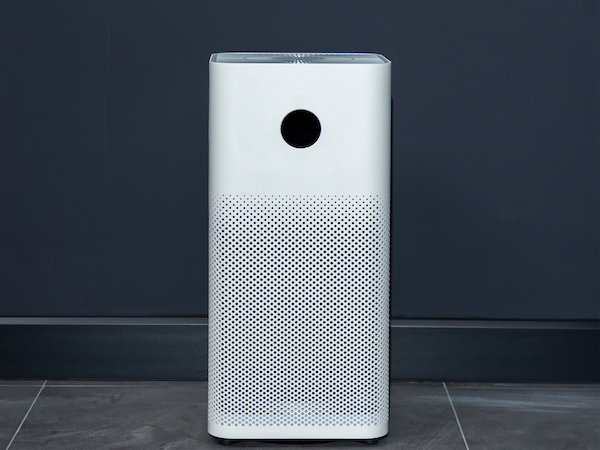Our homes are our havens where we go to recharge and find safety from the outside world. However, the Environmental Protection Agency (EPA) reports that many times indoor air quality can be two to five times worse than outdoor air quality, and it’s not unusual to see higher percentages.
Knowing how to monitor your indoor air quality and what specific pollutants to look for can keep you and your family from experiencing acute and bothersome allergy symptoms and long-term health consequences. Some common intruders are dust, lint, mold and mildew, animal droppings hidden in the nooks and crannies of your home, smoke (from cooking, candles, or tobacco), pollen, pesticides, vehicle exhaust, pet dander, volatile organic compounds (such as hair spray or printer ink), radon (from the ground), asbestos, and even your own dead skin cells.
Taking a few steps to clean up your indoor air quality is simple, and in most cases, affordable:
- Install a whole-house air purifier. A whole-home air purifier can reduce dust, pollen, and animal dander; kill bacteria, mold, and viruses; and reduce odors and chemical emissions. They are not as expensive as you might think and can provide real benefits in improving air quality.
- Clean filters regularly. Your HVAC system has a built-in filter, but you must change it regularly. Investing in higher quality filters can also make a big difference. Don’t forget to change the vacuum cleaner bag. Consider upgrading to HEPA quality bags to cut down on dust and particulate distribution. And change any portable air filters and other similar devices regularly.
- Control indoor humidity. Summer in the South means high humidity outdoors—and indoors, too—creating a breeding ground for mold and mildew, both respiratory irritants. An inexpensive solution is to install portable dehumidifiers. These can be noisy and require you to regularly empty their catch basins. If it’s in your budget, consider installing a whole-home dehumidifier in your HVAC system that will constantly keep the humidity level in your home under control and require no attention.
- Clean ducts. The HVAC ducts in your house are a major source of dirt, dust, animal dander, rodent droppings, mold, and more, especially if you live in an older home. Have your home’s HVAC ducts professionally inspected and cleaned regularly. Not only will this reduce pollutants in your home, but clean ducts will distribute air more efficiently, reduce the load on your system, and save you money.
- Improve kitchen ventilation. Your kitchen is another major source of indoor pollution, especially if you cook with a gas stove. Even an electric range produces hazardous smoke. Use your range hood before you even start cooking and run it for a few minutes after you finish; open a window for a little more ventilation or even run a fan in the window to suck air out of the kitchen; and use a quality HEPA-rated air filter to remove up to 99 percent of particulates from the air.
- Clean bathroom exhaust fans. Use the exhaust fans in your bathroom to remove moisture and inhibit the growth of mold and mildew. Then, several times a year, remove the cover of the fan and vacuum out dust and debris to keep it clear. Even consider replacing the existing exhaust fan with a higher performance model.
- Establish a housecleaning routine. Allergens like pet dander, dust, chemical residue, and dead skin will settle on your home’s floors, in your carpets, and upon upholstery and other surfaces. The solution to this is simply good old-fashioned cleaning.
Your home is your refuge. Establishing regular cleaning habits and making a few upgrades to your HVAC system will keep your home and family healthy and happy.



